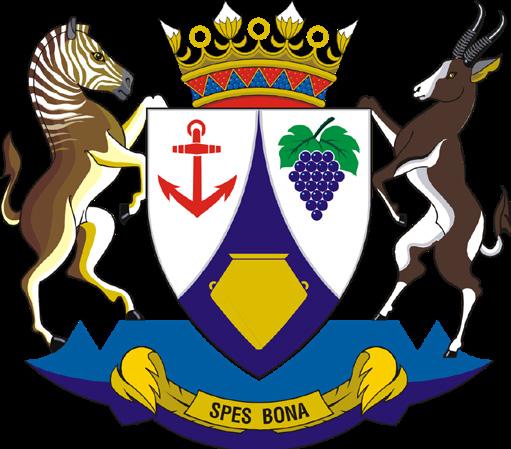Social Sciences: History

Owned and published by Optimi, a division of Optimi Central Services (Pty) Ltd.
7 Impala Avenue, Doringkloof, Centurion, 0157 info@optimi.co.za www.optimi.co.za
© Optimi
Apart from any fair dealing for the purpose of research, criticism or review as permitted in terms of the Copyright Act, no part of this publication may be reproduced, distributed, or transmitted in any form or by any means, electronic or mechanical, including photocopying, recording, or any information storage and retrieval system without prior written permission from the publisher.
The publisher has no responsibility for the persistence or accuracy of URLs for external or third-party internet websites referred to in this publication, and does not guarantee that any content on such websites is, or will remain, accurate or appropriate.
There are instances where we have been unable to trace or contact the copyright holder. If notified, the publisher will be pleased to rectify any errors or omissions at the earliest opportunity.
Reg. No.: 2011/011959/07

Social Sciences
Study guide: History
Grade 4
SAMPLE
Learning objectives
What learners should know at the end of the lesson according to CAPS requirements.
Lesson elements
Important terminology
New terminology to assist with the understanding of the subject as part of the lesson.
Define
Definitions of concepts to understand the content.
Activity
Questions to complete to test learners’ knowledge of the completed lesson.
Tips
Any information other than the content, to guide learners through the learning process.
SAMPLE
Core content
Emphasise the core of the content; in-depth explanation of a specific section of the lesson; learners must understand this content.
Study/Revision
Time spent studying the content at the end of the unit and to prepare for a test or examination.
For the curious Encouragement to do in-depth research about the content. Expand the activity and exercise to such an extent that learners are encouraged to explore. For gifted learners: expanded exercises. For Learners with Special Educational Needs (LSEN): Explain the need to complete the basic questions to achieve a pass mark.
Preface
What is History?
History is the study of change and development in society over time. The study of History will enable you to see how past human actions have had an impact on the present and allow you to evaluate and understand how these actions influence the future.
History is a process of investigation and asking questions about the events of the past:
● What happened?
● When did it happen?
● Why did it happen?
The specific aim of History is to create and promote the following:
● An interest in and enjoyment of the study of the past.
● Knowledge, understanding and appreciation of past events.
● The ability to participate in a historical enquiry and to participate in research and projects throughout the year.
Year plan
Keep the following in mind when planning your year:
● Be realistic and flexible
● Keep your other subject timetables in mind
● Allow for enough time to study for tests and examinations
Term Unit and lesson
Unit 1: Local history
Lesson 1: What is happening in your local area today?
Lesson 2: Photos tell stories
Lesson 3: What can we learn from written sources?
1
Lesson 4: Interviews with people
Lesson 5: Objects are pieces of history
Unit 2: The history of a local area
Lesson 6: Photo stories
Lesson 7: Information from written sources
Lesson 8: People tell stories and share experiences
Lesson 9: A piece of history in your hands
Unit 3: What makes a great leader?
Lesson 10: Qualities of good leaders
Lesson 11: Choose a leader
2
Lesson 12: A good leader …
Lesson 13: Nelson Mandela
Lesson 14: Mahatma Gandhi
Lesson 15: Leaders are not always popular
3
Unit 4: Transport over time: Land and road transport
Lesson 16: Animals’ contributions towards transport
Lesson 17: Carts, wagons and carriages
Lesson 18: Bicycles
Lesson 19: Steam engines and trains
Lesson 20: Cars
Lesson 21: General transportation of people and goods
Lesson 22: Case study: Damage to the environment
Unit 5: Transport over time: Water and ship transport
Lesson 23: Rafts, canoes and reed boats
Lesson 24: The first sailing vessels
Lesson 25: The first steamships
Lesson 26: Modern water transport
Unit 6: Transport over time: Air transport and aviation
Lesson 27: Hot-air balloons and airships
Lesson 28: The Wright brothers and the first aeroplane
Lesson 29: Modern aviation
Unit 7: The oldest forms of human communication
Lesson 30: Language, symbols, songs, art and dance
Lesson 31: How the San communicate
Unit 8: How do we communicate today?
Lesson 32: Postal system
Lesson 33: Radio
4
Lesson 34: Typewriter
Lesson 35: Telegraph
Lesson 36: Telephone
Lesson 37: Camera
Lesson 38: Television
Lesson 39: Computer
Lesson 40: The internet
Lesson 41: Cellphone
Local history Eenheid 1 Unit 1
Learning objectives
After completing this unit, you should be able to do the following:
● Research the past and apply it to local history. You must be able to find a variety of information about the past.
● Collect information, for example from texts, visual material (photos, pictures, television and movies), songs, poems and interviews.
● Use more than one type of written source such as books, magazines, newspapers and websites.
● Investigate events from the past.
Introduction
In this unit, we will learn how to find information on the present and also how to use information from various sources. What is in the news today?
When you know how to look for information that applies to today (the present), you can use that information to find out more about the history of the area. Historical places often play an important part in modern society, e.g. the town/city hall, old church or school in your town/ city.
Present
Important terminology
Written sources
Documents
Historian
Define
Photo
Interview Object
Lesson 1
What is happening in your local area today?
Historian: someone who studies and writes about the past
Present: today, the here and now
Source: a person/place/object that can provide us with information
Written source: material that was written by hand or printed
Core content
SAMPLE
We use different sources to find out about the present. The present is the here and now, in order words, today. Sources contain information and can include written materials, an object or even a person. We can distinguish between three types of sources: primary sources, secondary sources and tertiary sources.
● Primary source: A book or letter that was written by someone who experienced/ witnessed something. Example: Anne Frank’s diary which she wrote over two years while she and her family were hiding from the Nazis. The diary is Anne’s first-hand account of the war.
● Secondary source: Someone who uses a primary source to convey their interpretation thereof. Example: An historian reads Anne Frank’s diary and writes an historical report on the diary’s content.
● Tertiary source: When someone uses secondary sources to supplement the existing information they have. Example: You use an historic report on Anne Frank’s diary to obtain more information for your History assignment on Anne Frank.
When historians examine the past, they prefer to use primary sources, as they are the most accurate documents that describe what had really happened.
However, historians must be careful not to record their own opinions or beliefs when writing about the past.

SAMPLE
In the next few lessons we will look at different ways in which we can collect information about the present. We can obtain information from sources, such as photos, documents, stories, objects and interviews.
We are going to discuss each type of source separately. Once you have completed the lessons, we will use the same skills to find out more about the past or history of a local area.
Important
You must submit an assessment project at the end of the term. For the project, you must set up your own museum exhibition. Start looking for interesting pictures, documents, stories and objects that you can use for your exhibition.
Lesson 2
Photos tell stories
Define
Photo: an image captured on camera
Core content
We can collect information by looking at photos and by asking and answering questions. Photos can provide us with information about the weather, events, people’s emotions, etc.
Let’s look at two photos to see what information is portrayed.
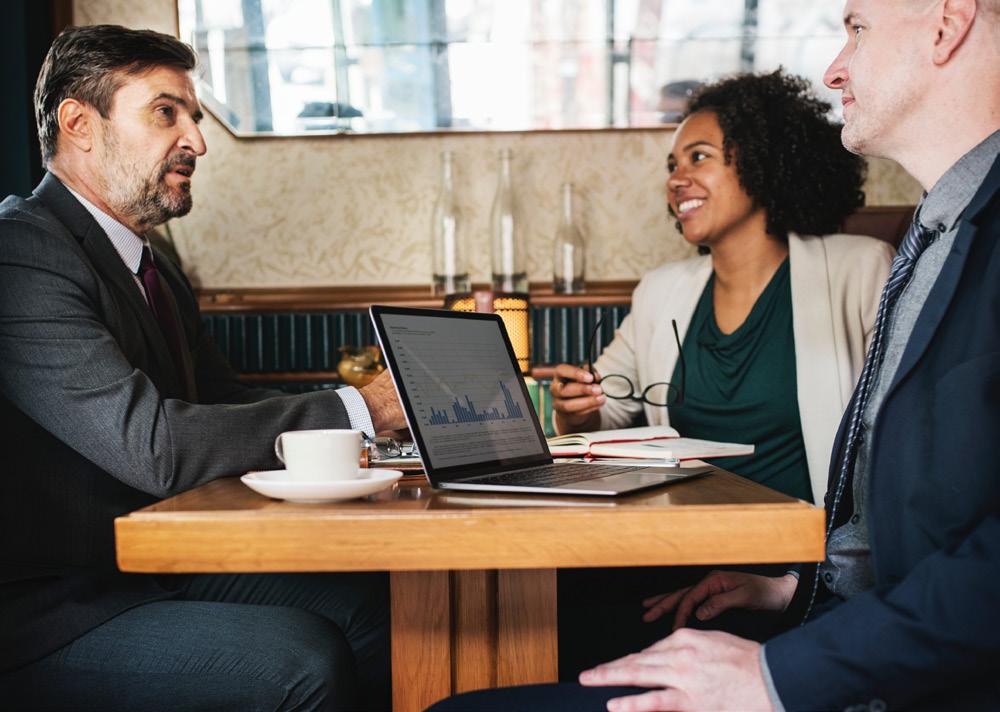
SAMPLE
In this photo there are three people; two men and a woman. They sit at a restaurant, talking, and drinking tea or coffee. They are formally dressed. The laptop and papers on the table tell us that they are busy working or having a meeting. We can therefore conclude that these people aren’t friends and that this is not a social meeting.

In this photo there are a group of learners and a teacher. They are working on an art project. The learners are all wearing the same clothes (school uniform), which means they’re in the same school. The photo was taken in summer, as everyone is wearing short-sleeved shirts.
Tips
When you examine a photo, consider the following aspects to help you gather information:
● The quality and colour of the photo.
● The type of clothing people are wearing.
● The location of the photo.
● What activities can you observe?
● Even the background can provide clues.
If you consider all these factors, you will be able to form a good idea of what is happening and who is involved. Activity 1
Study the photos and answer the questions.
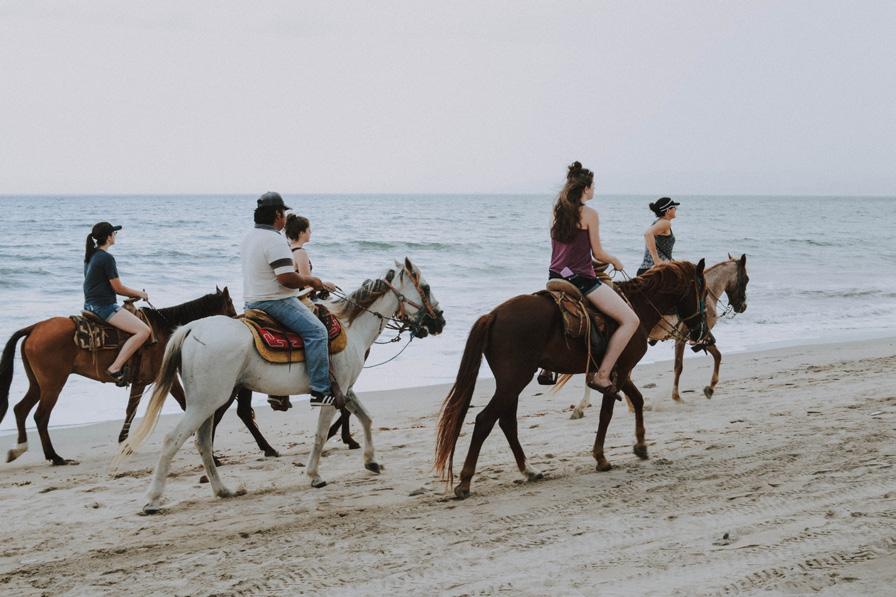
SAMPLE

The questions below are based on Photo A:
1. a) W hich natural source of water can be seen in the background? (1)
b) W hat type of transport are the people using? (1) c) W hat is the weather like in the photo? (1)
The questions below are based on Photo B:
2. a) Would you say that this is a really old photo? (1) b) Give a reason for your answer.
Lesson 3
What can we learn from written sources?
Core content
We can also gather information from written or printed documents. Examples include newspapers, magazines, advertisements and road signs.

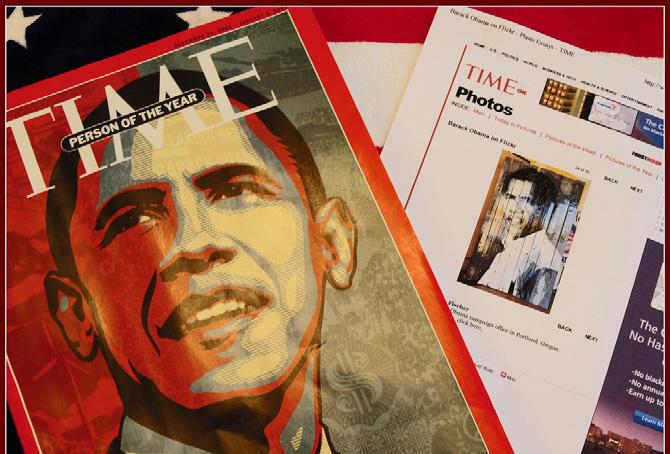
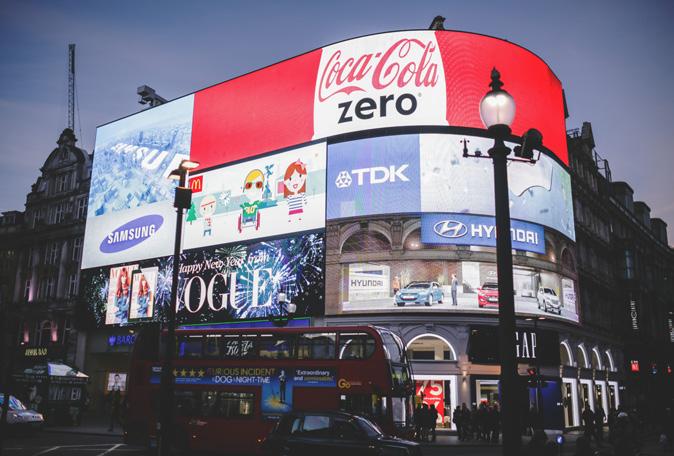
A good example of a printed source is a road sign.
Look at the picture below. This motorway has four lanes. Just past this road sign it will split into two directions. It is important for motorists to know that they must turn left within 1 kilometer if they want to go to Muizenberg or Maitland or keep in the right lane if they want to go to Cape Town or Milnerton. The sign also tells us the name of the roads: M5 and N1.
SAMPLE

This sign is also found along a motorway but gives us different information. It is a billboard which advertises a course at IMM.

Activity 2
Let’s see what information you can get from a written piece (an advertisement) by answering the following questions:

Lesson 4
Interviews with people
Define
Interview: to ask someone questions to obtain information
We can gather information from stories which people wrote and also by conducting an interview with someone. An interview is a technique used to obtain information on a certain topic/matter by asking a series of directed questions. An interview should be well structured and flow easily. It usually starts with events from the past and leads up to the present, for example from the interviewees birth to today. Be careful not to get sidetracked with too much detail when doing an interview, stick to your topic and keep in mind that someone is giving you their time, use it wisely.
Activity 3
Conduct an interview with one of your parents. Write down your questions and the answers.
Examples of questions:
1. What is your full name?
2. What is your surname?
3. When were you born?
4. Where were you born?
5. What school did you attend?
6. Did you study after school? If so, where and what field of study?
7. What is your occupation?
8. Are you married?
9. What is your maiden name? (If it is a married woman.)
10. Do you have children? If so, how many?
This will give you a good starting point for your interview; expand the discussion by adding your own questions.
Lesson 5
Objects are pieces of history
Define
Object: something that you can touch and see
We can gather information by looking at objects. Look at the school crest of High School D.F. Malan. We can obtain a variety of information by studying the crest:
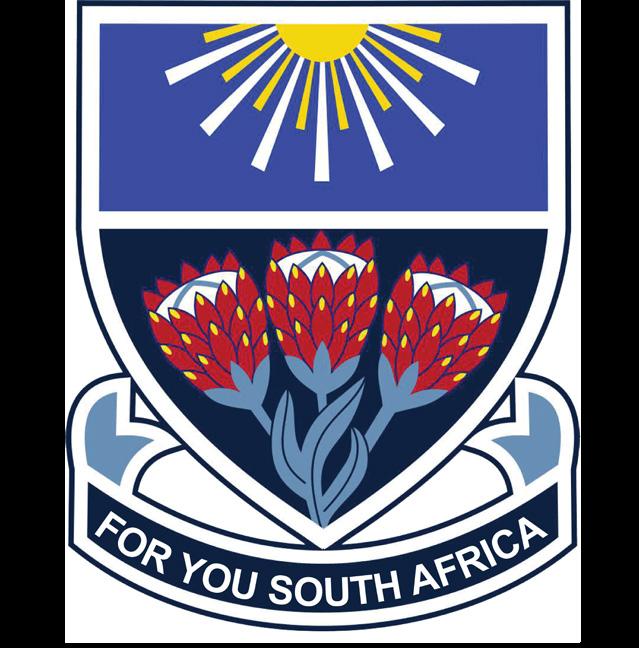
SAMPLE
For the curious
The sun symbolises hope, positivity, growth and a new life that reaches out to light and health.
The three proteas symbolise South Africa’s heritage that should be cherished.
The motto – For you South Africa refers to patriotism and citizenship.
Each province in our country has its own crest. Do research on your province’s crest and the meaning of each symbol on the crest. Also watch the YouTube video on South Africa’s provinces.

bit.ly/2bC14Vv





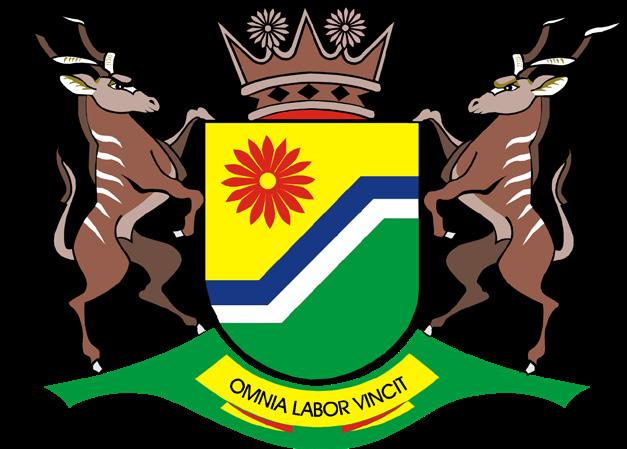

SAMPLE

